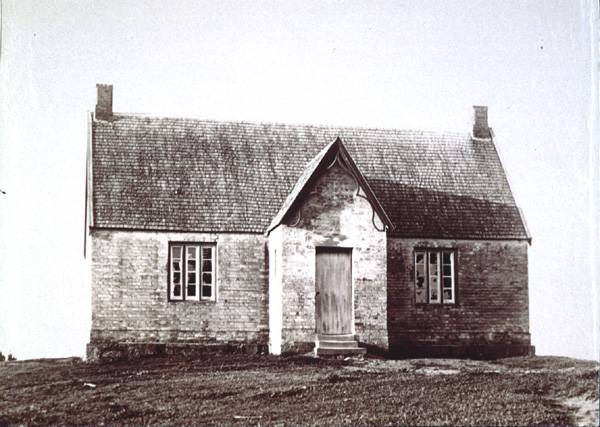 |
 |
|
Catholic Education
'We started with nothing, with no land, no church, no convent. We will start slowly and with prayer, zeal and sacrifice to build a glorious work to promote the Kingdom of God.' Thus the priest, patriot and zealot, TJ O'Donnell, fired his Moonah parishioners a century after penal settlement. His charismatic style echoed the same call to action by the first pioneers, Father Conolly and Bishop Willson. So the pattern for Catholic education was set from 1825 to 2004. For the Irish convict flock, religion and education were the two imperatives that shaped their lives. They believed education would keep alive the faith of their fathers and open the doors to social opportunity in a new land. Clergy power gave birth to educational enterprises ranging from poor schools in disused pubs, to seminaries for children of 'respectable citizens', public servants, military personnel and farmers. By 1850, eight schools had been established. Later came boarding schools, orphanages, and schools in town and country, especially in the period 1890–1910. By 1900, the state and private systems of education were being organised. The Teachers and Schools Registration Act (1906) formalised teacher accreditation. Bishop Delaney set up a Tasmanian Catholic Federation in 1914, to mobilise support for the financially stretched Catholic system. In 1958 Archbishop Young established the Schools Provident Fund to enable people to lend money on a business basis. Thus, new schools could be built. The bureaucratic network was strengthened by a Catholic Education Office (1961), which administered government funds, implemented directives and advised the Archbishop. Greater bureaucratic control coincided with changes in the Catholic church itself, arising from the Vatican II Council. Lay people took a greater role in education, in advisory councils, boards of management, education commissions and the Federation of Parents and Friends. School structures were rationalised through amalgamation, closure and opening of new schools, to meet demographic trends and provide greater curriculum options. Schools had always been subject to scrutiny from early performance reports to the hierarchy, then through annual state inspections, external and systemic examinations, internal assessment of teachers and teaching practices. Teachers were the lifeblood of the system. Willson recruited personnel from England and Ireland, such as JT Woods who, at 22, was lured to Hobart Town in 1855 by the promise of a 'professorship'. It turned out to be a teaching post in a school for unruly boys. The scholarly Woods left to become one of the founders of religious orders which provided unsalaried teachers for the next 150 years. These Sisters and Brothers, Irish, English and Australian, were totally committed to quality education for Catholics and the poor. Religious Orders shaped Catholic education according to their different charisms, reflected in the identity of schools they established. They were placed under the patronage of saints or significant people who embodied their aspirations at a particular time, for instance, St Patrick's College (Christian Brothers, 1918) and Guilford Young College (the first diocesan senior college, 1995). Because of their 'sacred' origins and community lifestyle, Religious Orders tended to be 'tribal' and their schools competitive. In the 1990s, a period of systemic rationalisation, some struggled to adapt. Robust debate challenged firmly held principles and loyalties such as co-education versus single-sex schools. PJ Lawler claimed that, in 1996, the 39 Catholic schools attracted greater numbers because of their pastoral care, wide curriculum options, clearly defined behavioural expectations, availability to low-income earners, committed lay staff and religious ethos. Catholic education has always struggled to realise its ideals of faith and excellence due to factors arising both within and beyond the system. Under the leadership of bishops like Willson and Guilford Young, the pioneer spirit of Catholic education has triumphed over social and financial disadvantage. (See also St Mary's College, St Virgil's College.) Further reading: P Lawler, 'Catholic education in Tasmania', PhD thesis, Kensington University, 1996, copy in archives of Sisters of St Joseph, Hobart; J Hollingsworth, 'The Catholic schools of Tasmania 1906–1967', Honours thesis, UT, 1970. Valerie M Burns
|
Copyright 2006, Centre for Tasmanian Historical Studies |
